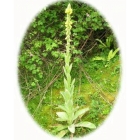 | ||
Perfect for pollinators Great Mullein-verbascum thapsus– grows best on light , fertile soils that are well drained. It will grow well in sun or semi-shade where plants will draw in bees and other insects such as moths and ladybirds. Great Mullein is a tall upright species and in gardens can be included as a backdrop to a flower border. Plants produce spikes of yellow flowers from June to August. Great Mullein looks best growing amongst other wildflowers that bloom in mid summer, such as Oxeye daisies, Foxgloves, Greater Knapweed, Meadow Cranesbills and Field Scabious. An alternative Names for Great Mullein is Aaron’s rod. How to grow Great Mullein Seeds Great Mullein seeds should be sown in autumn, outside, where they are to flower, and covered lightly with compost. Great Mullein seeds can occasionally be somewhat erratic to germinate. This species is a biennial so flowering will not normally occur until the second season, after sowing. To attain continuous flowering each year, seeds would need to be sown in 2 successive seasons. RHS Perfect for Pollinators. The RHS Perfect for Pollinators mark is only given to plants that support pollinating insects in gardens. Bees, butterflies, moths, hoverflies and many others visit flowers to feed on nectar and pollen; while doing so they transfer pollen and increase seed set and fruit development. Find out more at: rhs.org.uk/plants To discover more plants for Bees, simply enter the word "pollinators" into the search box above. To buy Great Mullein seeds To purchase Great Mullein seeds, please select a quantity above and click add to cart. To ensure the best chance of success, we sell all of our wildflower seeds by weight, which ensures each wildflower seed packet contains a good quantity of seeds. The recommended sowing rate is 1 gram per square metre, and the number of Great Mullein seeds per gram is approx. 14000. All of our Wildflower seed packets contain seeds of Native British provenance. Summary type - biennial, colour - Yellow, height - 175 to 200cms, flowering months - June, July, August, habitat - Dry Grassland (clay, loam), Very dry Sandy Soil, Bare, Open Ground (eg Arable field margins, disturbed, waste ground) Attracts bees, moths | ||
Printed 25/12/2025 02:35:11
st104_1 type biennial colour yellow height 175 to 200cms flowers june july august habitat dry grassland clay loam very dry sandy soil bare open ground eg arable field margins disturbed waste ground rhs perfect for pollinators pollinating insects bees butterflies moths hoverflies
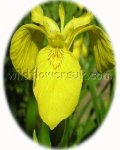
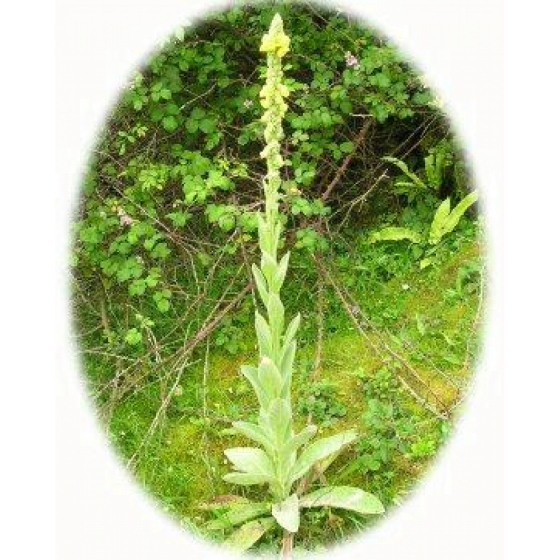
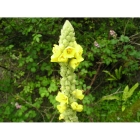
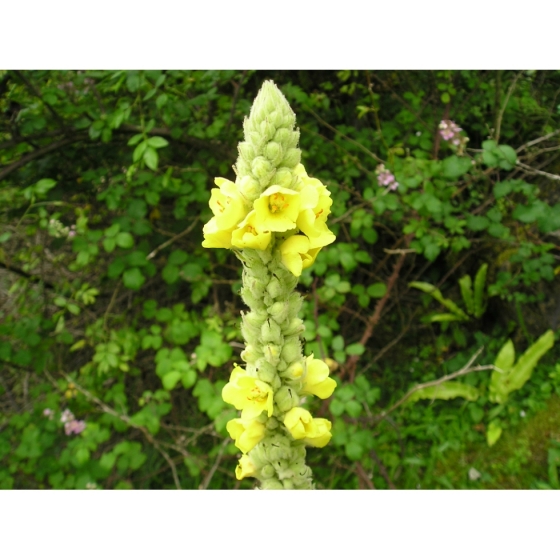
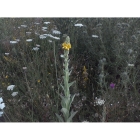
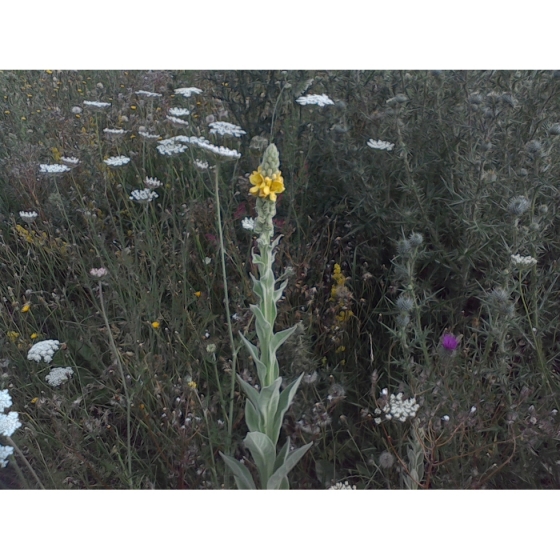



 added to basket
added to basket